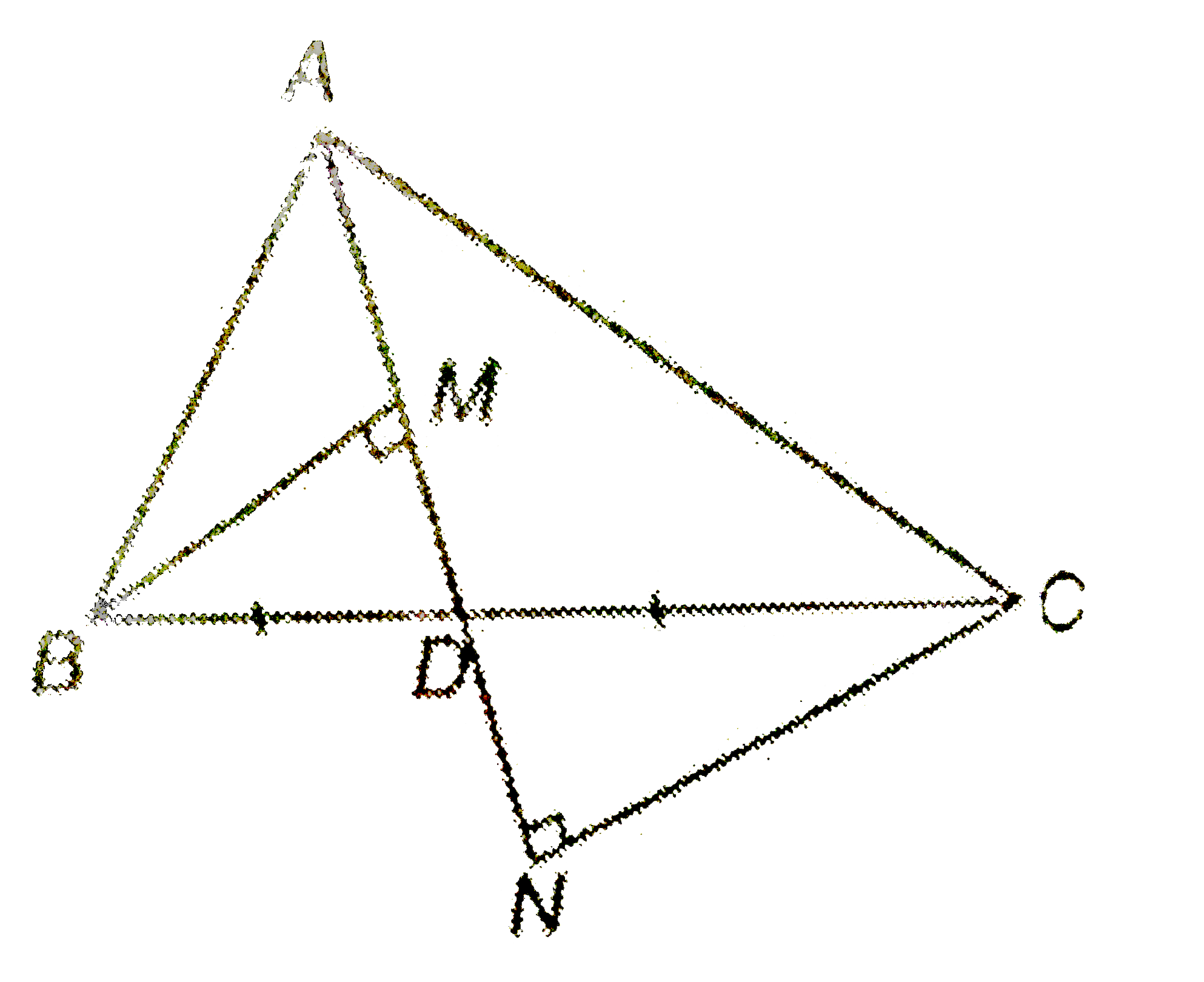Groups of axons in CNS & PNS respectively are called
axons, dendrites
telodendrons, dendrites
tracts, dendron
tracts, nerves
The correct Answer is:D
To answer the question about the groups of axons in the Central Nervous System (CNS) and Peripheral Nervous System (PNS), we can follow these steps:
1. Understanding Axons:
- Axons are long, slender projections of neurons that transmit electrical impulses away from the neuron's cell body. They are often referred to as nerve fibers.
2. Identifying Groups of Axons:
- In the context of the nervous system, axons can be grouped together. The terminology for these groups differs between the CNS and PNS.
3. CNS Terminology:
- In the Central Nervous System (CNS), a group of axons is called a tract. Tracts are bundles of axons that run together in the brain and spinal cord.
4. PNS Terminology:
- In the Peripheral Nervous System (PNS), a group of axons is referred to as a nerve. Nerves are the peripheral counterparts to tracts and carry signals to and from the CNS.
5. Final Answer:
- Therefore, the correct answer to the question is that in the CNS, groups of axons are called tracts, and in the PNS, they are called nerves.
Conclusion:
The answer to the question is:
- In the CNS: Tracts
- In the PNS: Nerves
- Axons are long, slender projections of neurons that transmit electrical impulses away from the neuron's cell body. They are often referred to as nerve fibers.
- In the context of the nervous system, axons can be grouped together. The terminology for these groups differs between the CNS and PNS.
- In the Central Nervous System (CNS), a group of axons is called a tract. Tracts are bundles of axons that run together in the brain and spinal cord.
- In the Peripheral Nervous System (PNS), a group of axons is referred to as a nerve. Nerves are the peripheral counterparts to tracts and carry signals to and from the CNS.
- Therefore, the correct answer to the question is that in the CNS, groups of axons are called tracts, and in the PNS, they are called nerves.
The answer to the question is:
- In the CNS: Tracts
- In the PNS: Nerves
Topper's Solved these Questions
- STRUCTURAL ORGANISATION IN ANIMALSBOOK - AAKASH SERIESCHAPTER - STRUCTURAL ORGANISATION IN ANIMALSEXERCISE - EXERCISE-I (ORGAN AND ORGAN SYSTEM)
4 Videos
- STRUCTURAL ORGANISATION IN ANIMALSBOOK - AAKASH SERIESCHAPTER - STRUCTURAL ORGANISATION IN ANIMALSEXERCISE - EXERCISE-I (EARTHWORM - EXTERNAL CHARACTERS)
17 Videos
- STRUCTURAL ORGANISATION IN ANIMALSBOOK - AAKASH SERIESCHAPTER - STRUCTURAL ORGANISATION IN ANIMALSEXERCISE - EXERCISE-I (CONNECTIVE TISSUE)
111 Videos
- STRATEGIES FOR ENHENCEMENT IN FOOD PRODUCTIONBOOK - AAKASH SERIESCHAPTER - STRATEGIES FOR ENHENCEMENT IN FOOD PRODUCTIONEXERCISE - EXERCISE-III
68 Videos
- THE LIVING WORLD BOOK - AAKASH SERIESCHAPTER - THE LIVING WORLD EXERCISE - EXERCISE-III (Previous AIPMT/NEET Questions)
12 Videos
Similar Questions
Knowledge Check
The group of plants having vascular tissue is called
AbryophytaBpteridophytaCangiospermsDtracheophyta
Turnbull's blue and prussian's blue respectively are KFeII[FeIII(CN)6] and KFeII(Fe11(CN)6]. True or False?
View SolutionIn the adjoining figure, D is the mid-point of BC. If BM and CN are perpendiculars from B and C respectively on AD and AD produced, then prove that BM = CN.

View SolutionIn the adjoining figure, BM and CN are the altitudes drawn to the sides AC and AB respectively of ΔABC. If BM=CN, prove that ΔABC is isosceles.

View SolutionPlasmalemma and cytoplasm of axon are called respectively
View SolutionThe non-myelinated gaps or constrictions in the axons are called
View SolutionGroup 16 elements called
View SolutionWhen outer surface of the axonal membrane possesses a positive charge while its surface is negatively charged is called
View Solution
